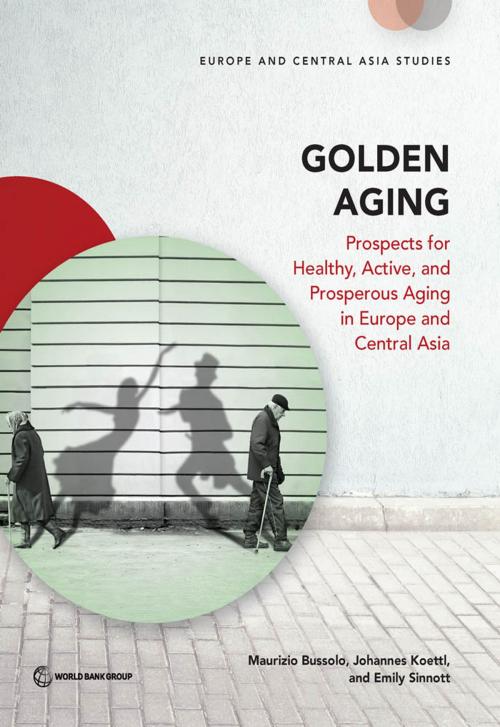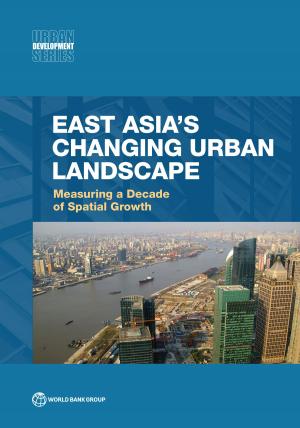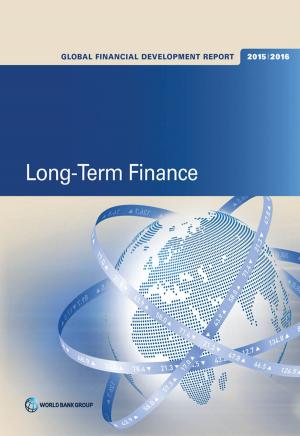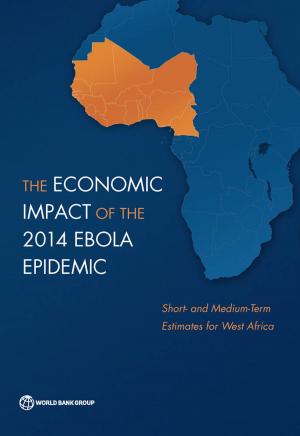Golden Aging
Prospects for Healthy, Active, and Prosperous Aging in Europe and Central Asia
Nonfiction, Social & Cultural Studies, Social Science, Demography, Business & Finance, Career Planning & Job Hunting, Labor, Economics, Economic Development| Author: | Maurizio Bussolo, Johannes Koettl, Emily Sinnott | ISBN: | 9781464803543 |
| Publisher: | World Bank Publications | Publication: | June 23, 2015 |
| Imprint: | World Bank Publications | Language: | English |
| Author: | Maurizio Bussolo, Johannes Koettl, Emily Sinnott |
| ISBN: | 9781464803543 |
| Publisher: | World Bank Publications |
| Publication: | June 23, 2015 |
| Imprint: | World Bank Publications |
| Language: | English |
Societies across Europe and Central Asia are aging, but people are not necessarily living longer. This demographic trend-caused by a decrease in fertility rather than improved longevity-presents both challenges and opportunities for governments, the private sector, and individuals alike. Some of the challenges are well known. Output per capita becomes smaller if it is shared with an increasingly larger group of dependent older people. At a certain point, there may not be sufficient resources to maintain the living standards of this older group, especially if rising expenditures on health care, long-term care, and pensions must be financed through the contributions and taxes paid by ever-smaller younger age groups. Working adults also contribute the most to the pool of savings. As the size of this group shrinks, savings will decline. But these challenges can be transformed into opportunities. Consider these examples: As longevity increases, workers tend to stay in the workforce longer, and, with the right incentives, they will increase their savings. Many current workers, and perhaps even more in the future, will thus not necessarily become dependent once they turn 65. And with slower population growth and smaller young age groups, societies will have an opportunity to improve the quality of education and maintain productivity. Firms in some countries are already adapting by capitalizing on skills that appreciate with age. Cardiovascular diseases account for more than half the difference in life expectancy (above age 50) between the region and Western Europe for men and 75 percent of the corresponding difference for women. Healthier behavior and health systems focused on preventive care could, with no cost increase, dramatically reduce this risk. These opportunities are not to be missed. As populations age, public discourse ranges from concerns about economic decline and fiscal sustainability of pensions and health systems to optimism about opportunities for healthier and more productive aging. The main contribution of Golden Aging is perhaps to show that demography and its consequences are not fixed. Much will depend on how people, firms, and societies adapt and how policy makers and institutions facilitate their behavioral adjustments. The future for Europe and Central Asia does not have to be gray-it can be a golden era of healthy, active, and prosperous aging.
Societies across Europe and Central Asia are aging, but people are not necessarily living longer. This demographic trend-caused by a decrease in fertility rather than improved longevity-presents both challenges and opportunities for governments, the private sector, and individuals alike. Some of the challenges are well known. Output per capita becomes smaller if it is shared with an increasingly larger group of dependent older people. At a certain point, there may not be sufficient resources to maintain the living standards of this older group, especially if rising expenditures on health care, long-term care, and pensions must be financed through the contributions and taxes paid by ever-smaller younger age groups. Working adults also contribute the most to the pool of savings. As the size of this group shrinks, savings will decline. But these challenges can be transformed into opportunities. Consider these examples: As longevity increases, workers tend to stay in the workforce longer, and, with the right incentives, they will increase their savings. Many current workers, and perhaps even more in the future, will thus not necessarily become dependent once they turn 65. And with slower population growth and smaller young age groups, societies will have an opportunity to improve the quality of education and maintain productivity. Firms in some countries are already adapting by capitalizing on skills that appreciate with age. Cardiovascular diseases account for more than half the difference in life expectancy (above age 50) between the region and Western Europe for men and 75 percent of the corresponding difference for women. Healthier behavior and health systems focused on preventive care could, with no cost increase, dramatically reduce this risk. These opportunities are not to be missed. As populations age, public discourse ranges from concerns about economic decline and fiscal sustainability of pensions and health systems to optimism about opportunities for healthier and more productive aging. The main contribution of Golden Aging is perhaps to show that demography and its consequences are not fixed. Much will depend on how people, firms, and societies adapt and how policy makers and institutions facilitate their behavioral adjustments. The future for Europe and Central Asia does not have to be gray-it can be a golden era of healthy, active, and prosperous aging.















